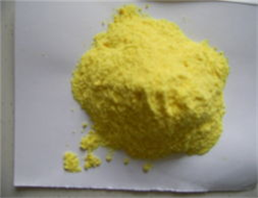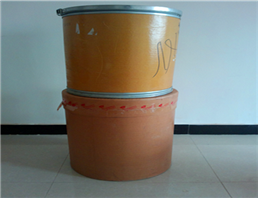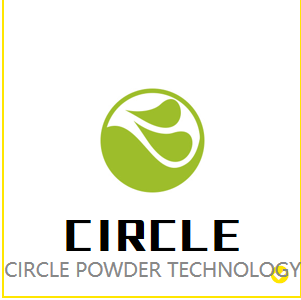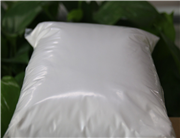Product Name: Oxytetracycline
CAS: 79-57-2
MF: C22H24N2O9
MW: 460.43
EINECS: 201-212-8
Melting point 183 °C
alpha -223 º (c=1 0.03N HCl)
Boiling point 565.29°C (rough estimate)
density 1.6340
refractive index 1.6500 (estimate)
storage temp. -20°C
Chemical Properties beige to light yellow crystalline powder
Uses Oxytetracycline, which has seen significant usage in plant disease control, does not contain the Cl atom but has an additional -OH group at the C5 position on the tetracycline molecule (4). Tetracyclines are widely used therapeutic agents in clinical medicine [second to penicillins in total tons used each year (5)] for bacterial respiratory, periodontal, and urogenital tract diseases (6). Oxytetracycline is also used as a feed amendment for growth promotion and as a therapeutic agent for curing diseases of agricultural animals including fish.
Uses Oxytetracycline(Terramycin) was the second of the broad-spectrum tetracycline group of antibiotics to be discovered. Oxytetracycline works by interfering with the ability of bacteria to produce proteins that are essential to them. Without these proteins t
Uses Oxytetracycline (terramycin) is a linear, tetracyclic broad spectrum antibiotic originally isolated from Streptomyces rimosus in 1949. Like all tetracyclines, oxytetracycline shows broad spectrum antibacterial and antiprotozoan activity and acts by binding to the 30S and 50S ribosomal sub-units, blocking protein synthesis. Oxytetracycline, although less coloured than other tetracyclines, is still a pigment and is thus sensitive to environmental and storage conditions.




 China
China

